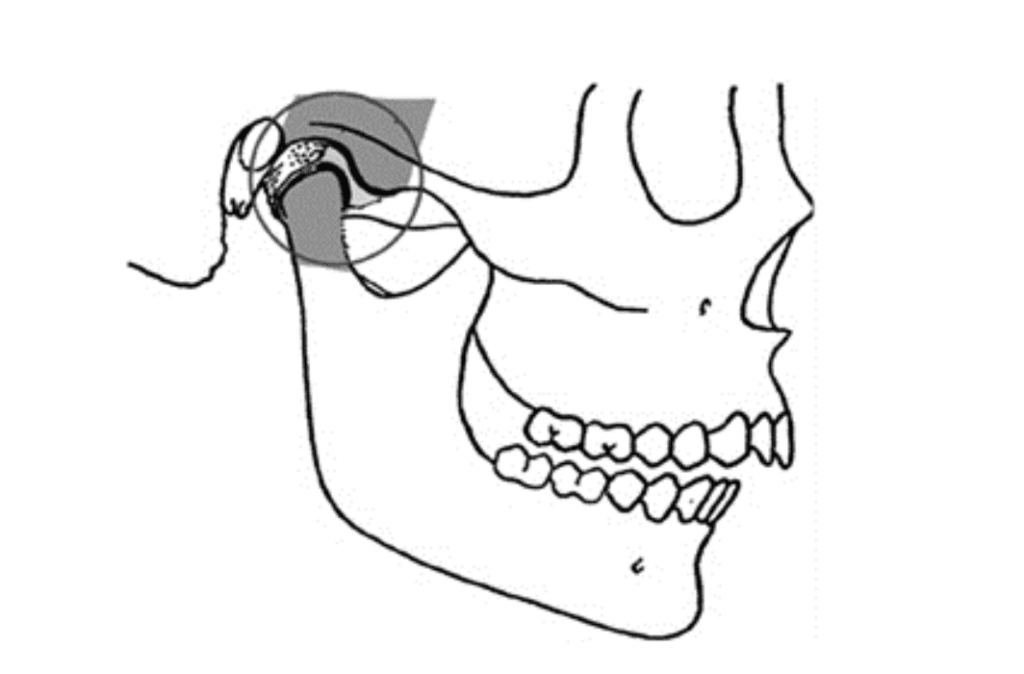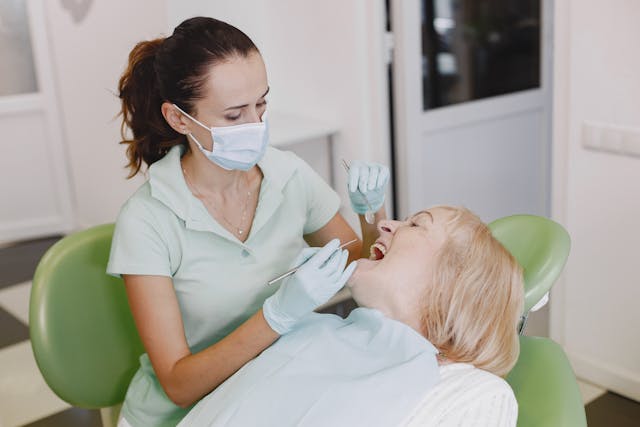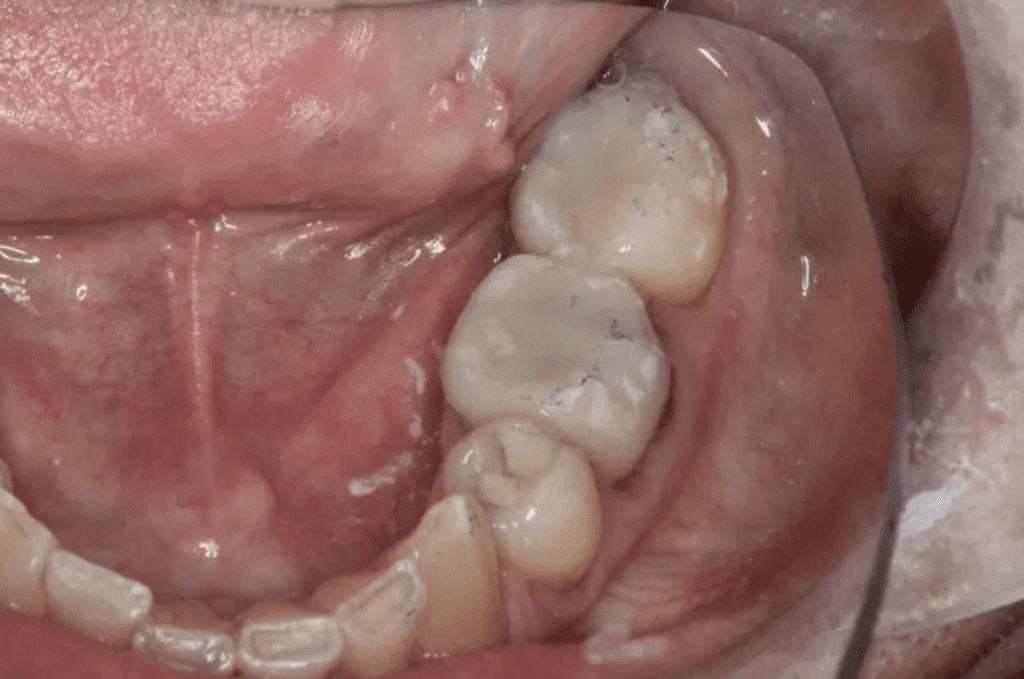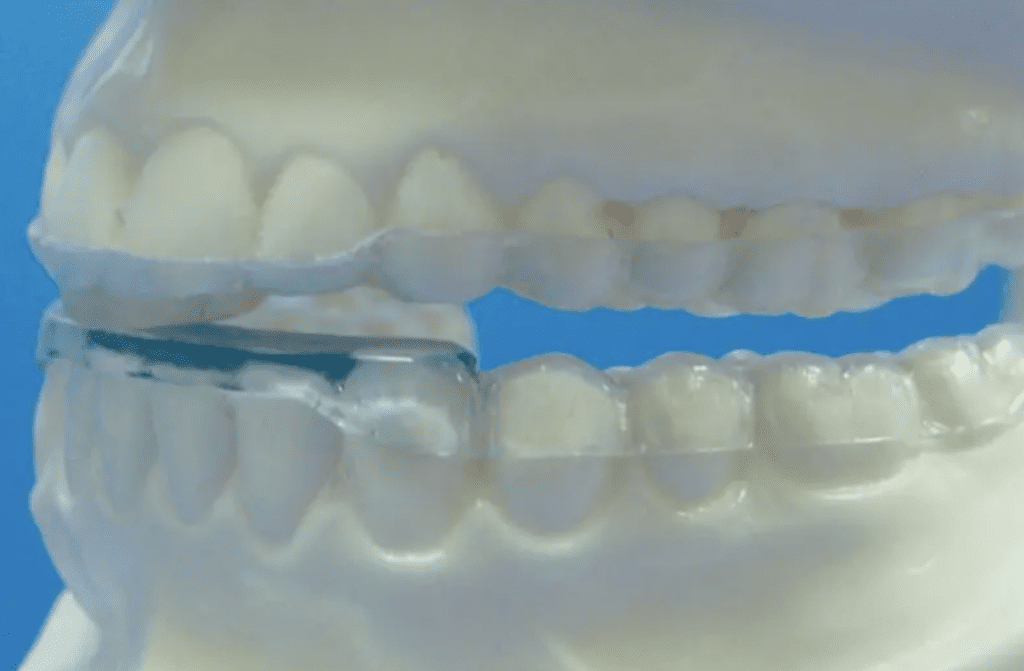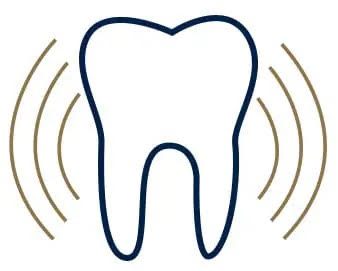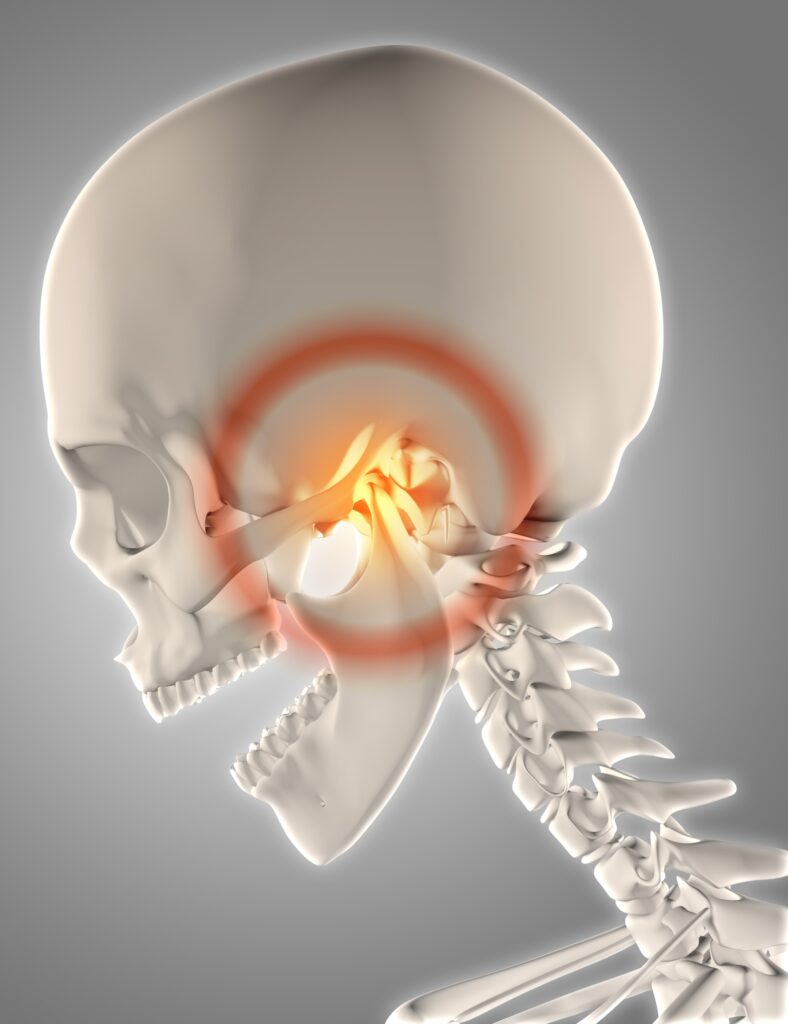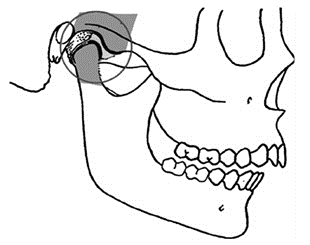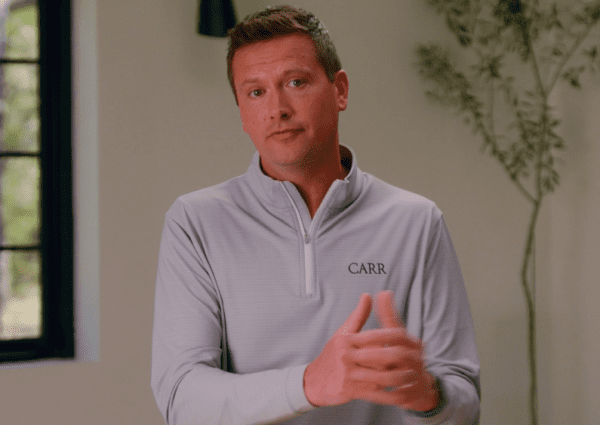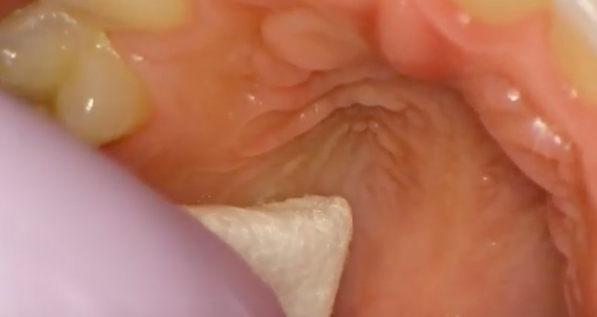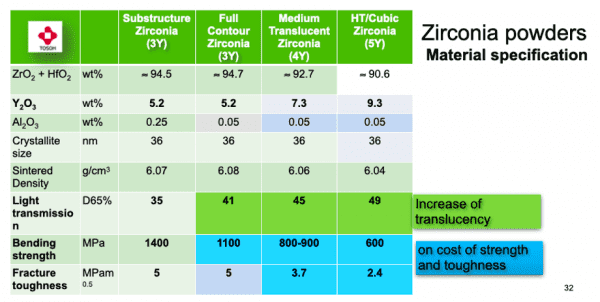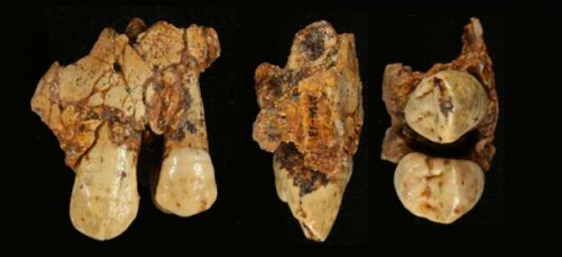![]()
Dr. Leonard Hess began teaching continuing education courses in 2005, and the topics include occlusion, smile design, treatment planning, preparation design, and practice integration of complete dentistry.
He’s taught full-day continuing education courses at the American Academy of Cosmetic Dentistry’s national meeting, The Greater New York Dental Meeting, AACD National Meeting, Pacific Dental Conference, Ontario Dental Association meeting, and The Yankee Dental Conference.
Dr. Hess also has taught courses in Japan, Germany, Poland, China, and Canada.
Dr. Hess is currently serving as the Senior Clinical Director at The Dawson Academy. He also owns Union County Center for Comprehensive Dentistry in Charlotte, North Carolina.
How Do You Know If You Achieved Centric Relation?
By: Dr. Leonard A. Hess, DDSClinical Director, The Dawson AcademyThis article originally appeared on TheDawsonAcademy.com, Dr. Hess…
TMJ 101: The Best TMD Treatment Options For Dentists
By: Dr. Leonard A. Hess, DDSClinical Director, The Dawson AcademyThis article originally appeared on TheDawsonAcademy.com, Dr. Hess…
What is Fremitus and Why Should You Check For It?
By: Dr. Leonard A. Hess, DDSClinical Director, The Dawson AcademyThis article originally appeared on TheDawsonAcademy.com, Dr. Hess allowed igniteDDS to…
Dentist Education: How Do I Predictably Prep Second Molars?
By: Dr. Leonard A. Hess, DDSClinical Director, The Dawson AcademyArticle originally appeared on TheDawsonAcademy.com, Dr. Hess allowed…
Sequencing a Full-Mouth Rehab: Anterior or Posteriors First?
The correct sequence to begin a full-mouth rehab is tobegin with the anterior teeth first, particularly the…
Q&A with Dr. Hess: Patients Who Have More Pain After Wearing a B-Splint
By: Dr. Leonard A. Hess, DDSClinical Director, The Dawson AcademyThe Article Originally Appeared on TheDawsonAcademy.com Question: What…
How to Discover Occlusal Muscle Disorders
By: Dr. Leonard A. Hess, DDSClinical Director, The Dawson AcademyThe Article Originally Appeared on TheDawsonAcademy.comLearn about Occlusion…
Considerations of Treatment Planning a Maxillary Implant Prosthesis
By: Dr. Leonard A. Hess, DDSClinical Director, The Dawson AcademyThe Article Originally Appeared on TheDawsonAcademy.comLearn about Occlusion…
How to Stabilize the Joints
By: Dr. Leonard A. Hess, DDSClinical Director, The Dawson AcademyThe Article Originally Appeared on TheDawsonAcademy.comLearn about Occlusion…
How Do You Know If You Achieved Centric Relation?
By: Dr. Leonard A. Hess, DDSClinical Director, The Dawson AcademyThe Article Originally Appeared on TheDawsonAcademy.comLearn about Occlusion…
Compensation plus benefits: Real talk for someone starting out in a dental practice
For those dentists just out of dental school or in the process of changing jobs as an associate from one dental practice to another, think of the power that is possessed when interviewing for that position.
Lit leadership lessons: The power of creativity
By Amisha Singh, DDS We are STEM (Science, Technology, Engineering, and Math) people. We like numbers. Our problems have one solution. Right and wrong are our anthem. That doesn’t sound very accessible, does it? Well, that is because of how STEM has traditionally been taught. There are elements of these fields which are a little…
3 Steps to Stop Cancellations in Your Dental Practice
Is your dental practice having problems with cancellations in a post-COVID world? Dr. David Rice is here with some advice that can help your business.
How to Avoid Some of the Biggest Dental Real Estate Mistakes
How can you avoid some of the biggest real estate mistakes when it comes to your dental practice? Ken Jorgenson of CARR.us is here with some advice.
How to Give a Painless AMSA Dental Nerve Block
Giving a painless AMSA nerve block is paramount in any dental esthetic case. It’s also a major efficiency win in treating multiple anterior teeth.
Zirconia: What Your Dental Lab Isn’t Telling You
By: Dr. David Rice As we all know, Zirconia is just one type of dental material at our disposal as dentists today. Do you know what I love about my dental lab? They speak the truth, the whole truth, and everything around the truth. Thank you, Bonadent! I was reminded of that as I spoke…
How dentistry helped solve an ancient murder
It’s the stuff that you love to watch on Netflix with the lights turned down. It revolves around a murder mystery from long ago that there were plenty of ideas about, but no concrete proof of exactly what happened and why. There were plenty of guesses and theories, but it took dentistry to crack the…
Maximize your profitability through dental real estate, part 2
In part 2 of this series, we will continue discussing how to maximize your profitability through dental real estate.
Let’s talk Michael Strahan and smile design in your dental practice
Michael Strahan’s dental-related April Fools’ Day joke got us thinking about the options that could be available to him with today’s dental technology.
Lessons Learned from the Pandemic As a Dentist
By: Dr. Bill Simon A career in dentistry can certainly offer up its share of challenges. Some may feel like little bumps in the road, some like speedbumps, and some, hopefully very few, will feel like the road has disappeared. The COVID-19 pandemic caused the road to disappear. As a dentist, you live and you…

